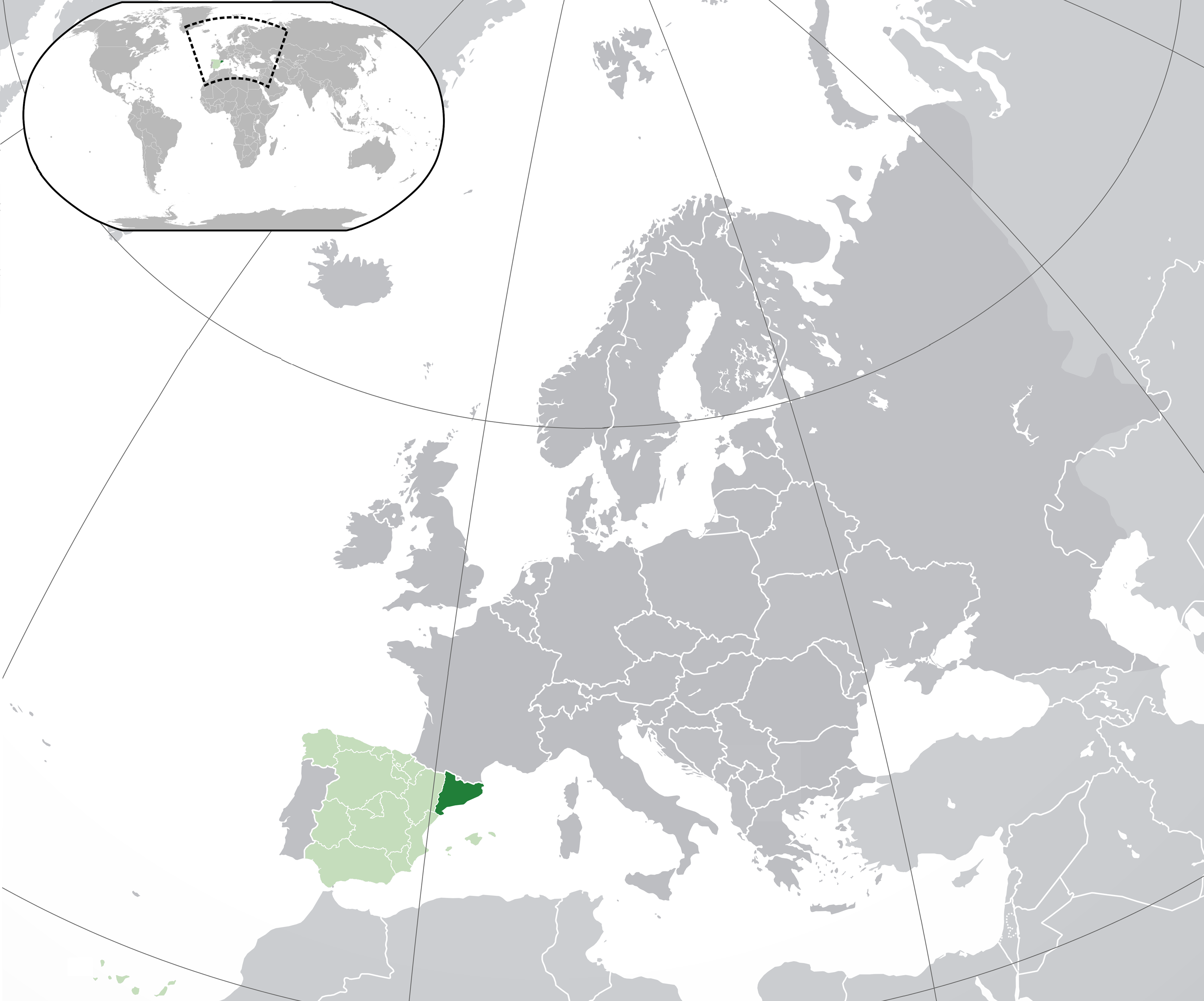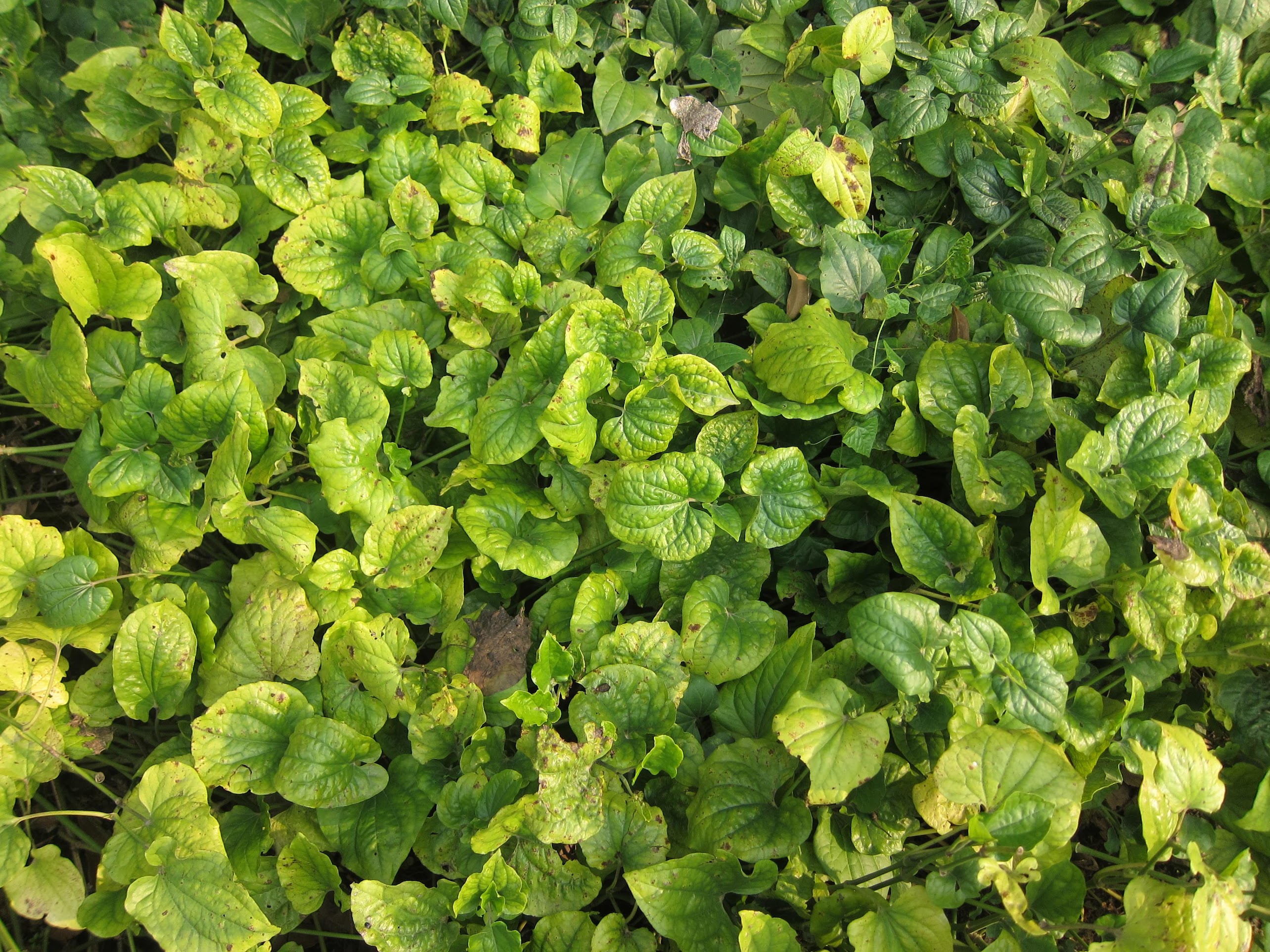|
Poudre-douce
Powder-douce (also poudre-douce, literally "sweet powder") is a spice mix used in Medieval and Renaissance cookery. Like modern spice mixes such as Italian seasoning or garam masala, there was not a set ingredient list, and it varied from cook to cook. The author of the 14th-century manuscript Le Ménagier de Paris suggested a mix of grains of paradise, ginger, cinnamon, nutmeg, sugar, and galangal. The 16th-century Catalan cookbook ''Llibre del Coch'' gives two recipes for ''polvora de duch'': The first is made with ginger, cinnamon, cloves and sugar, all finely chopped and sifted with a ''cedaç'' (a fine sieve made of horsehair), while the second adds galangal and long pepper Long pepper (''Piper longum''), sometimes called Indian long pepper or ''pippali'', is a flowering vine in the family Piperaceae, cultivated for its fruit, which is usually dried and used as a spice and seasoning. Long pepper has a taste sim ....''Libre del Coch'', Recipes 29-30 There is a related ... [...More Info...] [...Related Items...] OR: [Wikipedia] [Google] [Baidu] |
Spice Mix
Spice mixes are blended spices or herbs. When a certain combination of herbs or spices is called for in a recipe, it is convenient to blend these ingredients beforehand. Blends such as chili powder, curry powder, herbes de Provence, garlic salt, and other seasoned salts are traditionally sold pre-made by grocers, and sometimes baking blends such as pumpkin pie spice are also available. These spice mixes are also easily made by the home cook for later use. Masala Masala (from Hindi language, Hindi/Urdu language, Urdu ''masalah'', based on Arabic language, Arabic ''masalih'') is a term from the Indian subcontinent for a spice mix. A masala can be either a combination of dried (and usually Dry roasting, dry-roasted) spices, or a paste (food), paste (such as vindaloo masala) made from a mixture of spices and other ingredients—often garlic, ginger, onions, chilli paste and tomato. Masalas are used extensively in Indian cuisine to add spice and flavour, most familiarly to Western cu ... [...More Info...] [...Related Items...] OR: [Wikipedia] [Google] [Baidu] |
Medieval Cuisine
Medieval cuisine includes foods, eating habits, and cooking methods of various Culture of Europe, European cultures during the Middle Ages, which lasted from the 5th to the 15th century. During this period, Diet (nutrition), diets and cooking changed less than they did in the early modern period that followed, when those changes helped lay the foundations for modern European cuisines. Cereals remained the most important staple during the Early Middle Ages as rice was introduced to Europe late, with the potato first used in the 16th century, and much later for the wider population. Barley, oats, and rye were eaten by the poor while wheat was generally more expensive. These were consumed as bread, porridge, gruel, and pasta by people of all classes. Cheese, fruits, and vegetables were important supplements for the lower orders while meat was more expensive and generally more prestigious. Game (food), Game, a form of meat acquired from hunting, was common only on the nobility's tabl ... [...More Info...] [...Related Items...] OR: [Wikipedia] [Google] [Baidu] |
Renaissance
The Renaissance ( , ) is a Periodization, period of history and a European cultural movement covering the 15th and 16th centuries. It marked the transition from the Middle Ages to modernity and was characterized by an effort to revive and surpass the ideas and achievements of classical antiquity. Associated with great social change in most fields and disciplines, including Renaissance art, art, Renaissance architecture, architecture, politics, Renaissance literature, literature, Renaissance exploration, exploration and Science in the Renaissance, science, the Renaissance was first centered in the Republic of Florence, then spread to the Italian Renaissance, rest of Italy and later throughout Europe. The term ''rinascita'' ("rebirth") first appeared in ''Lives of the Artists'' () by Giorgio Vasari, while the corresponding French word was adopted into English as the term for this period during the 1830s. The Renaissance's intellectual basis was founded in its version of Renaiss ... [...More Info...] [...Related Items...] OR: [Wikipedia] [Google] [Baidu] |
Italian Seasoning
{{US-cuisine-stub ...
Italian seasoning is an blend of ground herbs that primarily includes basil, oregano, rosemary, thyme, mint, and marjoram as its base. Many Italian seasoning blends may also include some of the following spices: garlic powder, parsley, crushed red pepper, sage, savory, or coriander. Italian seasoning is not found in Italy; pre-blended, dry herb mixtures are not common in Italy. However, '' bolognese'' consists of rosemary, sage, garlic, salt, and black pepper. See also * Herbes de Provence, a similar mixture References Herb and spice mixtures American condiments British condiments British may refer to: Peoples, culture, and language * British people, nationals or natives of the United Kingdom, British Overseas Territories and Crown Dependencies. * British national identity, the characteristics of British people and cultur ... [...More Info...] [...Related Items...] OR: [Wikipedia] [Google] [Baidu] |
Garam Masala
Garam masala (Hindustani language, Hindustani: ''garam masālā'', ) is a Spice mix, blend of ground spices originating from the Indian subcontinent. It is common in Indian cuisine, Indian, Pakistani cuisine, Pakistani, Nepalese cuisine, Nepalese, Bangladeshi cuisine, Bangladeshi, and Caribbean cuisine, Caribbean cuisines. It is used alone or with other seasonings. The specific combination differs by district, but it regularly incorporates a blend of flavours like cardamom, cinnamon, cumin, cloves, bay leaves, star anise, and peppercorns. Garam masala can be found in a wide range of dishes, including marinades, pickles, stews, and curries. Ingredients The composition of garam masala differs regionally, with many recipes across the Indian subcontinent according to regional and personal taste, and none is considered more authentic than another. The components of the mix are roasted, then ground together or added to the dish for flavour just before finishing cooking. A typical ... [...More Info...] [...Related Items...] OR: [Wikipedia] [Google] [Baidu] |
Grains Of Paradise
Grains of paradise (''Aframomum melegueta'') is a species in the ginger family, Zingiberaceae, and closely related to cardamom. Its seeds are used as a spice (ground or whole); it imparts a pungent, black-pepper-like flavor with hints of citrus. It is also known as melegueta pepper, Guinea grains, ''ossame'', or ''fom wisa'', and is sometimes confused with alligator pepper. The terms '' African pepper'' and '' Guinea pepper'' have also been used, but are ambiguous as they can apply to other spices such as grains of Selim (''Xylopia aethiopica''). It is native to West Africa, which is sometimes named the Pepper Coast (or Grain Coast) because of this commodity. It is also an important cash crop in the Basketo district of southern Ethiopia. Characteristics ''Aframomum melegueta'' is an herbaceous perennial plant native to swampy habitats along the West African coast. Its trumpet-shaped, purple flowers develop into pods long, containing numerous small, reddish-brown seeds. ... [...More Info...] [...Related Items...] OR: [Wikipedia] [Google] [Baidu] |
Galangal
Galangal () is a rhizome of plants in the ginger family Zingiberaceae, with culinary and medicinal uses originating in Indonesia. It is one of four species in the genus ''Alpinia'', and is known for its pungent, aromatic flavor. Greater galangal (''Alpinia galanga'') is most commonly used, and is similar to ginger and turmeric. It is native to South Asia and Southeast Asia. Lesser galangal (''Alpinia officinarum'') and other types are also used, though less frequently. In traditional medicine, galangal is used to treat various ailments. It is a common ingredient in Thai, Indonesian, and Malaysian cuisine, and is also used in some traditional Chinese medicine. Differentiation The word ''galangal'', or its variant ''galanga'' or archaically ''galingale'', can refer in common usage to the aromatic rhizome of any of four plant species in the Zingiberaceae (ginger) family, namely: * ''Alpinia galanga'', also called ''greater galangal'', ''lengkuas'', ''Siamese ginger'' or ''laos' ... [...More Info...] [...Related Items...] OR: [Wikipedia] [Google] [Baidu] |
Catalan Cuisine
Catalan cuisine is the cooking traditions and practices from Catalonia. It may also refer to the shared cuisine of Northern Catalonia and Andorra, the second of which has a similar cuisine to that of the neighbouring Alt Urgell and Cerdanya ''comarca, comarques'' and which is often referred to as "Catalan mountain cuisine". It is considered a part of western Mediterranean cuisine. History There are several Catalan language cookbooks from the Middle Ages that are known to modern scholars. The ''Llibre del Coch'' (1520) was one of the most influential cookbooks of Spanish Renaissance, Renaissance Spain. It includes several sauce recipes made with ingredients such as ginger, Mace (spice), mace powder ('), cinnamon, saffron, cloves ('), wine and honey. ''Salsa de pagó'' took its name from the peacock () that it was intended to be served with, but could accompany any type of poultry, and was part of the medieval Christmas dinner#Spain, Christmas meal. ' (or ' as it's called in the ... [...More Info...] [...Related Items...] OR: [Wikipedia] [Google] [Baidu] |
Llibre Del Coch
The ''Libre del Coch'', or ''Libre de doctrina per a ben servir, de tallar y del art de coch cs (ço es) de qualsevol manera, potatges y salses compost per lo diligent mestre Robert coch del Serenissimo senyor Don Ferrando Rey de Napols'', is a Catalan recipe book written around 1490 by Master Robert de Nola. Its earliest preserved printed edition is from 1520, published in Catalan in Barcelona. It includes mainly recipes from the Catalan cuisine of the time, some of them inherited from the '' Libre de Sent Soví'', and some from neighboring countries, such as the Occitan cuisine and the Italian cuisine, including traditions from different areas dominated by the Crown of Aragon, which at that time was spread to the northeastern Mediterranean, Southern Italy, Corsica and Sicily. Despite not including Castilian recipes,''Cuina medieval catalana'', pàg. 51, Eliana Thibaut i Comalada, was also very successful in Castile, was translated into Spanish in 1525 and republished in this ... [...More Info...] [...Related Items...] OR: [Wikipedia] [Google] [Baidu] |
Long Pepper
Long pepper (''Piper longum''), sometimes called Indian long pepper or ''pippali'', is a flowering vine in the family Piperaceae, cultivated for its fruit, which is usually dried and used as a spice and seasoning. Long pepper has a taste similar to, but sweeter and more pungent than, that of its close relative '' Piper nigrum'' – from which black, green and white pepper are obtained. The fruit of the pepper consists of many minuscule fruits – each about the size of a poppy seed – embedded in the surface of a flower spike that closely resembles a hazel tree catkin. Like ''Piper nigrum'', the fruits contain the compound piperine, which contributes to their pungency. Another species of long pepper, '' Piper retrofractum'', is native to Java, Indonesia. The fruits of this plant are often confused with chili peppers, which belong to the genus ''Capsicum'', originally from the Americas. History Use of long pepper occurred in Greece in the sixth or fifth century BCE, thoug ... [...More Info...] [...Related Items...] OR: [Wikipedia] [Google] [Baidu] |
Powder-forte
Powder-forte (''poudre forte'') was a medieval spice mix similar to poudre douce, but often incorporating more pungent flavors like pepper. Spice mixes like powder-forte were a common ingredient in the recorded recipes of medieval cuisine, often used in combination with foods that are not heavily spiced in modern preparations. One example is a recipe for cherries, washed clean with wine and filtered through a cloth, then heated with "white grease" and rice flour in a pot until stiff. To this cherry mixture, the cook would add honey, vinegar, egg yolk and "strong powder" - in this case, a mix of cinnamon and cypress root. Along with ''poudre douce'', ''poudre fine'' and ''poudre lombard'' it is one of four medieval spice mixtures found throughout an assortment of medieval cookery manuscripts. References {{Spicemix-stub Medieval cuisine Herb and spice mixtures Forte Forte or Forté may refer to: Music *Forte (music), a musical dynamic meaning "loudly" or "strong" * Forte n ... [...More Info...] [...Related Items...] OR: [Wikipedia] [Google] [Baidu] |




